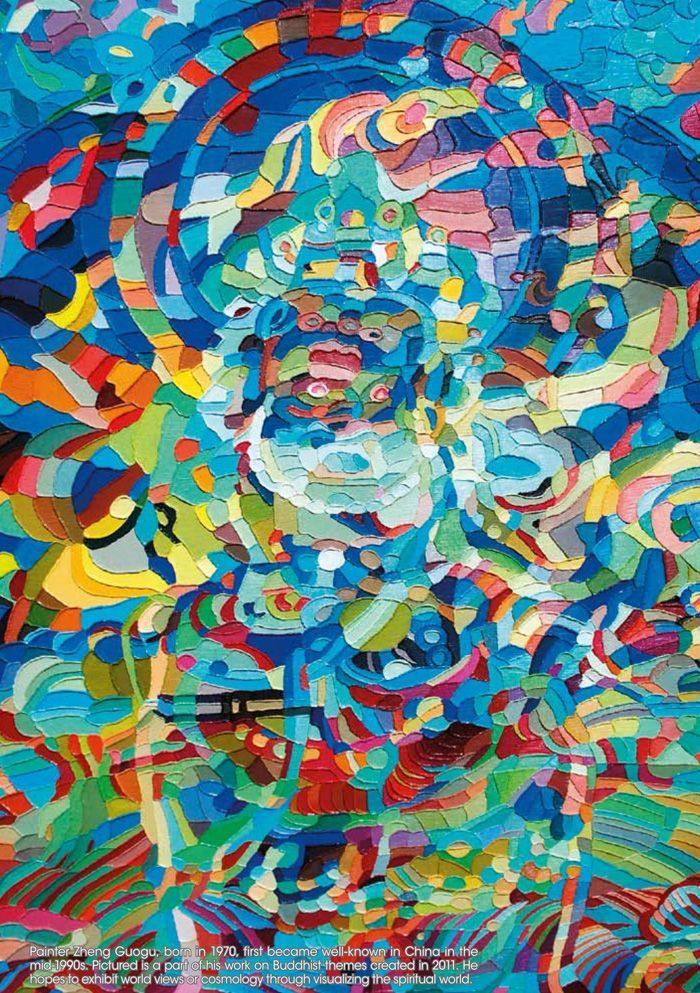Animated Age
by Wang Xiaolu
Recent years brought sudden growth to the Chinese animation industry, evidenced by advancement of both quantity and quality of animated film and television programming. Chinas homegrown animation studios are reported to be producing more than hundreds of thousands of minutes of animated material annually. Although the striking figure may seem exaggerated, it has still brought increasing interest in animation from the public and inspired greater numbers of animators to produce films that can compete with their counterparts abroad.
Meanwhile, a group of creative and practical cartoonists has emerged in the arena of Chinas independent animation. Thanks to their education from art and film academies, they have shown distinct perceptions of animation and performed brilliantly in conveying animation aesthetics. Chinese-made independent animation has even found its way into international animation exhibitions and festivals.
In France, box office receipts for ani- mated films are on the rise, while figures for live-action films are on the decline. Whether this phenomenon mirrors a global change in taste, animation is undeniably more prevalent in everyday life. Such a trend could signal the dawn of “an age of full animation.”
The term “full animation” is commonly used to refer to an individual film created using a high proportion of animated images, but when I say “an age of full animation,” I mean the proliferation of animation in the film industry as well as daily life. In the eyes of animators, Life of Pi is not a typical live-action film, but partially animated, whereas the monster hit Avatar is nothing if not an animation –closer to “full.”
Animated films are produced with stop-motion techniques which, contrasting live-action films that combine photographs of an object in motion taken at regular intervals, create the illusion of movement by displaying a series of individually photographed frames in a continuous sequence. Most digitally generated visual effects found in todays films are actually produced with the stop-motion techniques. Animated elements are prolific in 21stCentury cinema, including the feature historical film Back to 1942.
Many years ago in my film history class in college, the instructor showed a clip from a stunning martial-arts film, illustrating that the entire scene was a product of computer science, void of a single live actor. “Do you believe that film production modes have changed?” he queried facetiously. This trend seems obvious today. Furthermore, animated images are now commonplace on TV and ubiquitous in commercials. At an unprecedented pace, animation is becoming an indispensable facet of modern cultural life, testifying to the arrival of the animated age.
Cultural analysis can explain this trend. Contemporary humans require higher levels of realism in fantasy, making greater virtual realities an inevitable trend. Perhaps boredom with reality has driven people to explore beauty and mystery in worlds which do not exist.
Despite state-of-the-art high-definition technology, which actually restores original images, people are already far from satisfied with the cameras perception of the real world. We yearn for a high-definition world of imagination. Fantasy worlds characterized by mythical lands shrouded in mist lure us closer and closer. This reflects our exhaustion – at least aesthetic fatigue – with the reality we have created for ourselves. The golden age of animation is imminent or has already arrived, fueled by untold mystery hidden in the depths of our hearts.


